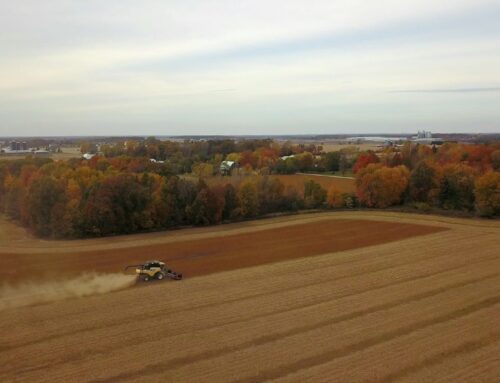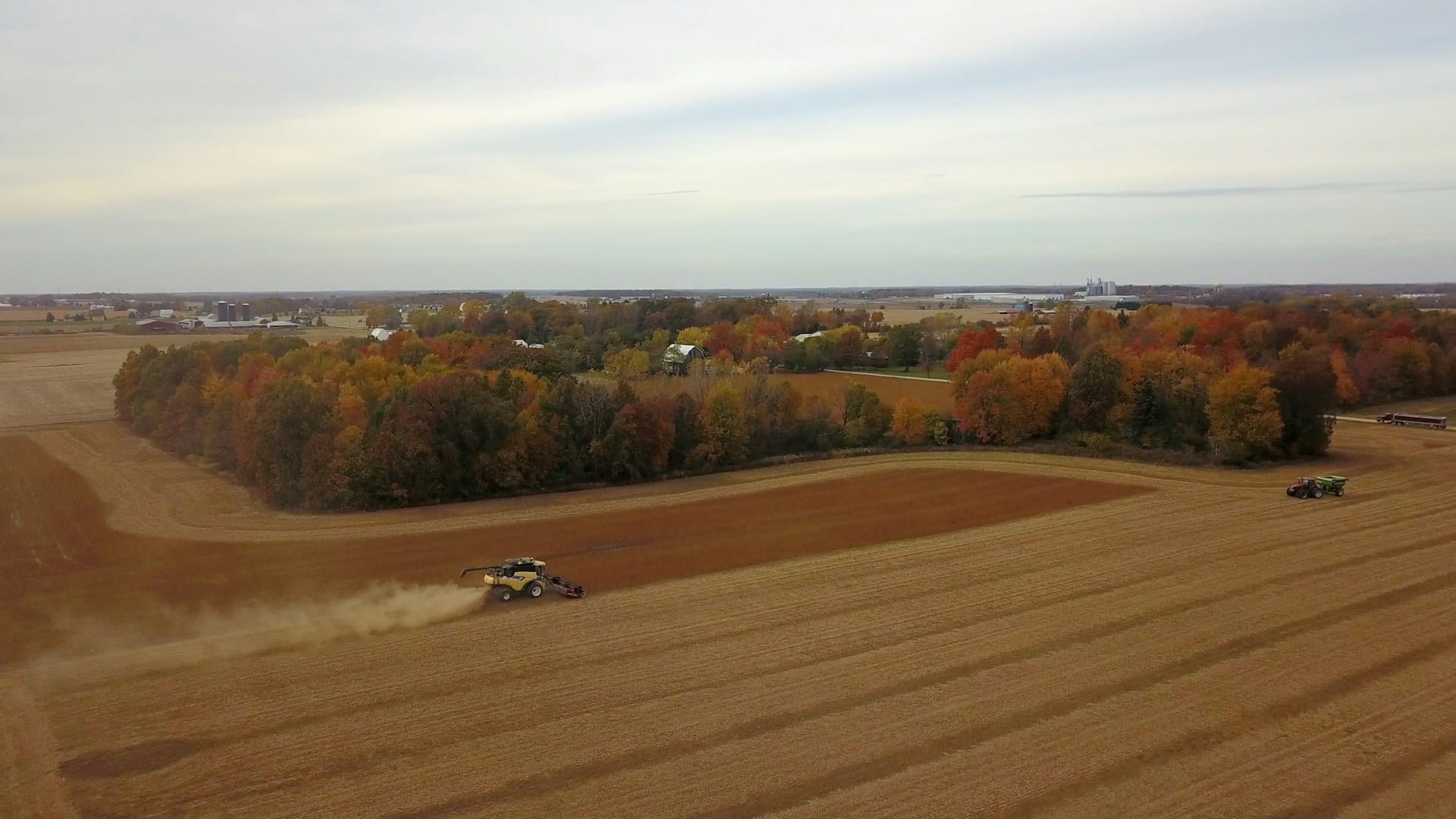Once again, the agriculture and bioenergy sectors got an early gift this year in the form of the 4,155-page (just text, not including other related docs) FY23 omnibus, released on Dec. 20, 2022.
Normally when an omnibus or appropriations spending bill is released, we comb through it for the various programs that received a bump (or cut) in discretionary/optional spending (versus mandatory spending that goes out the door no matter what and is not subject to these annual adjustments). This year though, the holidays again came early for bioenergy and agricultural interests. There are so many stocking stuffers in the FY23 omnibus that we only focus on these in the bulleted list below and will leave our typical appropriations/omnibus analysis to the meager paragraph directly below. Sigh…
The Rural Energy for America Program (REAP), which is a typical program found in appropriations bills since it receives both mandatory and discretionary spending authority through the farm bill, received a little over $20 million. That’s in addition to $50 million in mandatory funding provided in the 2018 farm bill. While REAP was intended to fund rural energy projects like wind and solar, it also subsidizes mature ethanol and biodiesel industries and even projects connected to international woody biomass interests. Plus, we’ve not even mentioned earmarks…
Select stocking stuffers added to the FY23 omnibus include the following ABCs (and GHGs). Somehow that rhymes.
- Agriculture ad hoc disaster aid: Despite other federal programs already covering disaster-related yield losses in agriculture, Congress yet again increased spending on ad hoc disaster aid. $20 billion in “emergency” funds have now been allocated to the US agricultural and livestock sectors for “losses” due to droughts, floods, hurricanes, and other disasters experienced from 2017-2022. The FY23 omnibus spends an additional $3.7 billion, which is on top of the $16 billion+ already authorized over the past handful of years. The word “losses” is placed in quotes because some of the spending has been duplicative or bailed out producers who chose not to purchase highly subsidized crop insurance in years past. This is not a recipe to promote better resilience in the face of the challenges facing US agriculture but rather a way to increase the agriculture sector’s dependence (as a whole) on federal taxpayers.
- Aviation biofuels: Another ‘A’ in the ABCs, airports may receive discretionary grants (a portion of the $558.6 million allocated to the Federal Aviation Administration’s Grant-in-Aid for Airports) for sustainable aviation fuel projects involving infrastructure (such as pipelines), blending, and storage of such fuels. Sustainable aviation biofuels are currently produced in low volumes, but production is expected to increase in the future given new tax credits and subsidies added to the Inflation Reduction Act enacted in 2022. Fuels must reduce lifecycle greenhouse gas emissions by at least 50 percent, with the Secretary in charge of determining which fuels will hit the mark (or not). It’s complicated to say the least, and there are no guard rails to prevent food-based biofuels from continuing to reap taxpayer subsidies, while also increasing food, fuel, and climate costs.
- Biomass sweetener: Yet again there’s a policy rider in the FY23 omnibus (Section 432) stating that biomass, including forest-based woody biomass, should be considered “carbon-neutral” without scientific consensus saying so. This is a policy provision, not a spending provision with dollars attached, but still could promote another false climate solution – cutting down trees to burn for energy.
- Crop insurance add-ons: $25 million for additional administrative and operating (A&O) subsidies for crop insurance companies, particularly for specialty crop policies (aka fruits and vegetables). A&O subsidies already cost taxpayers on average $1.5 billion each year, and these subsidies to private crop insurance companies are intended to be negotiated in a separate agreement between the federal government and private insurance companies – the Standard Reinsurance Agreement (SRA) – not an omnibus spending bill.
- Greenhouse Gas (GHG) Technical Assistance Provider and Third-Party Verifier Program: A real mouthful, we’ll call it Section 201, or maybe GHGTAPTPVP. Scratch that… Section 201 it is. This is a rewritten version of the Growing Climate Solutions Act considered earlier this Congress in both the House and Senate. It provides a first step toward companies and other entities involved in agricultural carbon credit markets registering with the US Department of Agriculture (USDA) and beginning to submit info about the availability and uptake of GHG credit markets. Like aviation biofuels, carbon credit markets for agriculture are currently in their infancy. In addition to Section 202 (Acceptance and Use of Private Funds for Public-Private Partnerships), these represent significant agricultural legislation tacked onto the end of the FY23 omnibus. While their taxpayer price tags look minimal (as of now at least), they – paired with other ag subsidies and programs – could have implications for agriculture, conservation, and climate-related spending in years to come.
If you’re still reading and patiently waiting for our earmarks analysis – or whatever else we find in the 4,000+-page (again, just text, not additional docs) bill – please visit our FY23 omnibus resource page for more info.











Get Social